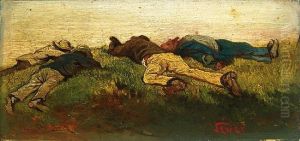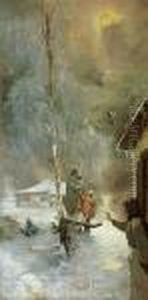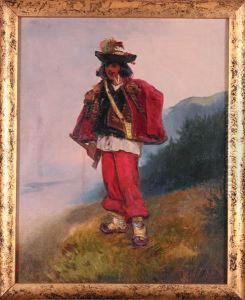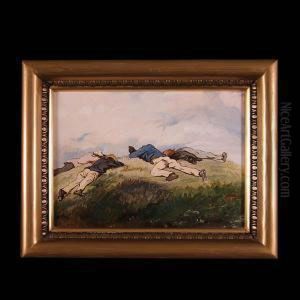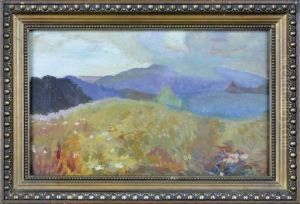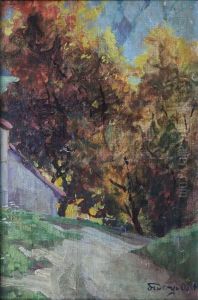Seweryn Obst Paintings
Seweryn Obst was a Polish painter and graphic artist whose work is less known in the broader context of European art history but holds significance within the Polish artistic tradition. Born in 1883, Obst's life and career were influenced by the socio-political upheavals of his time, including World War I, the interwar period, and World War II.
Obst studied art at the Kraków Academy of Fine Arts, which was a leading institution in Poland for nurturing artistic talent. During his time there, he was influenced by prominent artists and educators who were part of the Young Poland movement, which sought to express national identity through art in the late 19th and early 20th centuries. His style was shaped by the broader European movements of his time, including Symbolism and Art Nouveau, yet he maintained a distinct approach that often incorporated Polish themes and subject matter.
Throughout his career, Obst exhibited his work in various venues and was part of the Polish artistic community. His paintings often featured landscapes, historical scenes, and portraits. He was known for his skill in graphic techniques, including etching and lithography, which allowed him to explore different textures and shades in his compositions. Despite the regional focus of his work, the quality of his artistry meant that his works were appreciated by a wider audience, including some international recognition.
The outbreak of World War II and the subsequent occupation of Poland by Nazi Germany had a profound impact on Polish culture and artists, including Obst. The war years were a time of hardship and limited artistic production, as many artists faced persecution and the destruction of their works. Seweryn Obst's life came to a tragic end in 1945, just as the war was concluding. The exact circumstances of his death during this tumultuous period are not well-documented in widely available English sources.
Obst's legacy lies in his contribution to Polish art and the preservation of Polish cultural identity through his works. His paintings and graphic art remain part of Poland's national heritage, and although he may not be widely known internationally, his art is still studied and appreciated by those interested in the history of Polish art and the cultural expressions of the early 20th century.
